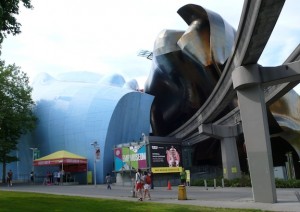Another brain burp.
When I was young, my family went through some rough patches. It’s no coincidence that I was drawn to stories about children living with uncertainty, or that I found comfort and inspiration in their happy endings. These were kids whose lives changed in ways I could imagine might happen to me. Even if unusually good luck often seemed to be involved, there wasn’t a Harry Potter or a Katniss Everdeen or a Percy Jackson in the pack (except for maybe the Murry kids; and please don’t say I have to point you to A Wrinkle in Time).
A lot of what I read was set in the 19th century, which made the less probable bits easier to accept; and often written from first hand knowledge or personal memory (simple observation; I don’t know if it signifies anything). I started with Little Women, moving on to An Old Fashioned Girl and the two Rose Campbell stories. There were the Little House books, of course. And The Secret Garden and A Little Princess. The group biography of Betsy Ray and her friends Tacy and Tib. And always, that kindred spirit, Anne of Green Gables.
You’ve probably heard of most of these, even if you haven’t read them all yourself. But there’s another series that I loved that seems to have been forgotten.
The Five Little Peppers and How They Grew
The title of this first book (click here to go to the Project Gutenberg page) could easily describe the entire series. Margaret Sidney followed the five Pepper children and their widowed Mamsie (well, the March sisters had Marmee; clearly the 19th century had a lot more words for “Mom” than we do now), from childhood to early adulthood at the turn of the last century.
The first book began with them struggling to keep body and soul together in the Little Brown House. Then, through a serendipitous meeting with the wealthy Mr. King, their fortunes changed. Part of the fabric of the stories was that Mamsie and the older kids put a lot of effort into making sure this wasn’t taken for granted; the King mansion was a temporary oasis, and it was up to them to work hard and not waste this gift.
I loved all the Peppers: stalwart Ben, loving Polly, daring Joel, sweet Davie and the always adorable baby of the family, Phronsie. And of course, the Laurie of the series, Mr. King’s young son, Jasper. Sidney made them all feel very real to me, even when they were being too good to be true.
Maybe the real generation gap starts to show in the books you read in childhood. When I was growing up, books told me that if I worked hard, played by the rules and stood by those I loved, that life could change for the better. It seems a sadly naive era now, surely unimaginable to the generation prepared for life by The Hunger Games.

